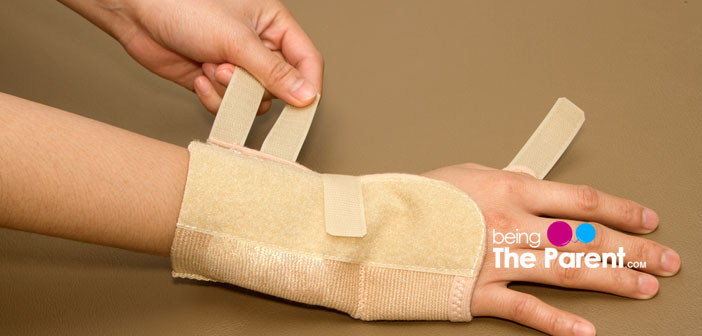

This is caused by continued early postpartum swelling and constant wrist bending required in caring for and feeding your baby. The fluid retention may disappear soon after your baby is born, however, many women report an increase in carpal tunnel symptoms after delivery. The increase in swelling puts pressure on your nerve, effectively causing a pinched nerve.įluid retention during your pregnancy can contribute to carpal tunnel post pregnancy. Carpal tunnel post pregnancy happens when pressure builds up from swelling in this tunnel.

This is where your median nerve and nine tendons pass from your forearm into your hand.

Your wrist has a space in it called the carpal tunnel. Symptoms of carpal tunnel post pregnancy can include pins and needles, numbness, tingling, and pain in your arm, hand, and fingers. Carpal tunnel post pregnancy occurs due to an increased pressure on your median nerve at your wrist. Obstetricians can offer advice for conservative management of CTS during pregnancy, which is the widely accepted treatment in this cohort.Carpal tunnel post pregnancy is a common condition affecting new mothers. We advise obstetricians to use sonographic measurement of MN-CSA in pregnant women with typical CTS symptoms, which will increase uniformity for consensus development. USG can be an effective first-line confirmatory test for CTS diagnosis in the pregnant population, but further research is necessary to determine a clear cut-off value for MN-CSA. What are the implications of these findings for clinical practice and/or further research? This study will help to raise awareness of obstetricians about CTS during pregnancy. This study offers to use USG to confirm clinical CTS diagnosis in third trimester pregnant women before delivery. What do the results of this study add? We found that a simple sonographic measurement of median nerve cross sectional area (MN-CSA) at the wrist appears to be a convenient method to confirm clinical CTS diagnosis in pregnant women. The American Association of Neuromuscular & Electrodiagnostic Medicine practice guideline for the diagnosis of CTS recommends sonographic measurement of median nerve swelling at the carpal tunnel inlet as an accurate diagnostic test (Level A). What is already known on this subject? CTS is the most common mononeuropathy of pregnancy, with up to 62% prevalence rates. Obstetricians can use USG measurement of MN-CSA to confirm CTS diagnosis and consequently can offer conservative management, which is the widely accepted treatment modality in this cohort.Impact statement Twenty-five participants were grouped in CTS group and the remaining 64 participants were grouped in Control group. The groups were compared according to MN-CSA. Symptomatic participants were assigned to the CTS group and remaining participants were assigned to the Control group. MN-CSAs of third trimester pregnant women were measured with USG and they were asked about the presence of CTS symptoms. We aimed to analyse the ultrasonography (USG) values of MN-CSA in pregnant women with and without CTS symptoms. Confirmation of carpal tunnel syndrome (CTS) diagnosis with sonographic measurement of the median nerve cross sectional area (MN-CSA) is increasing in popularity.


 0 kommentar(er)
0 kommentar(er)
